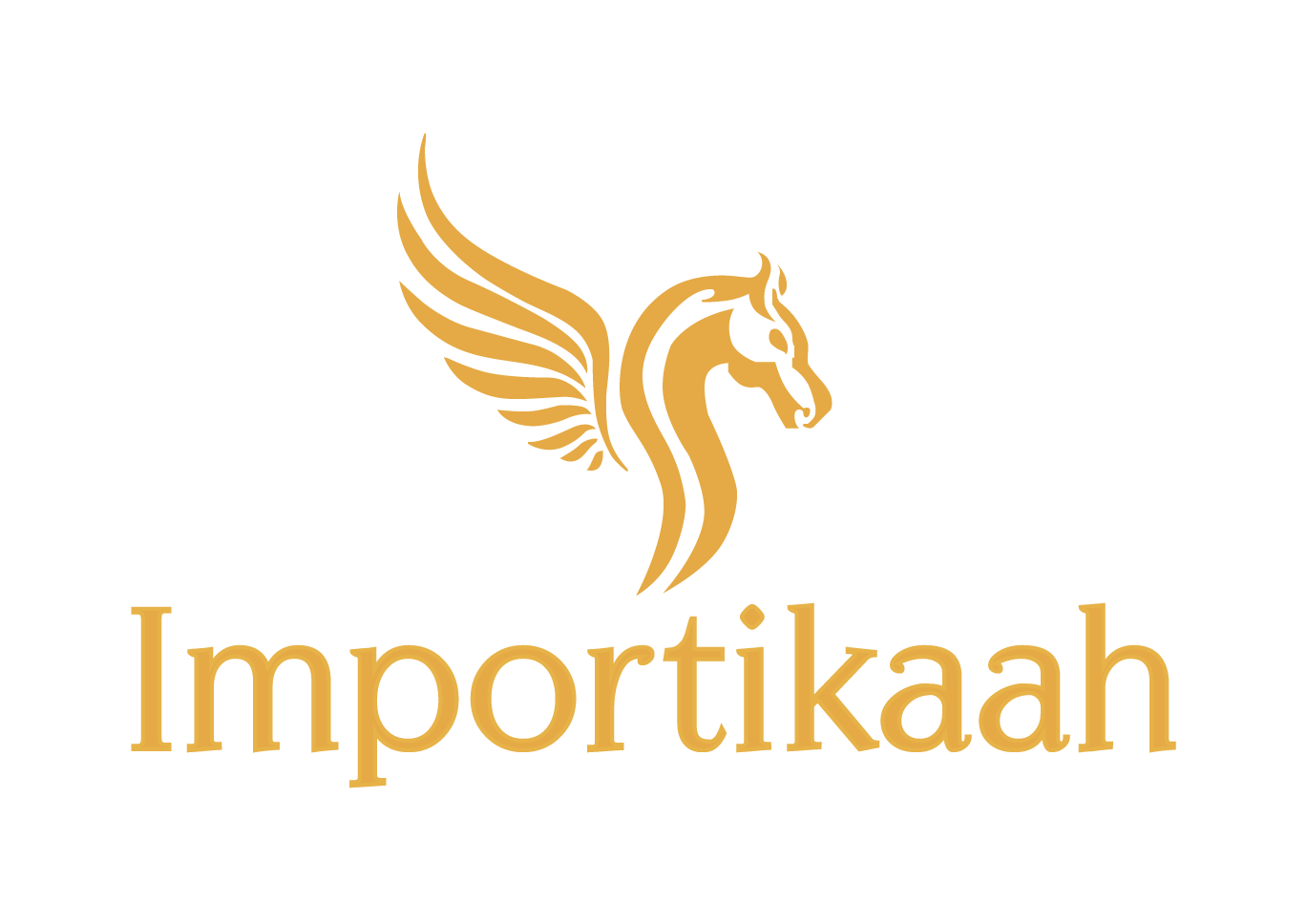Welcome to the intricate world of motherhood, where every experience adds a layer to your profound journey. Breastfeeding, while natural and often beautiful, comes with its set of challenges, such as breast milk clots. This guide aims to demystify breast milk clots by blending traditional wisdom with modern medical advice, providing you with comprehensive strategies for a smooth and comfortable breastfeeding journey.
Understanding Breast Milk Clots
Breast milk clots, or milk clogs, are blockages in the milk ducts caused by thickened milk or milk that has remained in the breast for too long. They can lead to discomfort, inflammation, or even mastitis if not addressed properly. Recognizing the signs early and understanding the underlying causes is crucial in managing and preventing these clots.
Causes of Breast Milk Clots
1. Infrequent Feeding or Pumping: Milk that isn't expressed regularly can stagnate, leading to clogs.
2. Pressure on the Breasts: Tight clothing or sleeping positions can exert undue pressure on milk ducts.
3. Dehydration or Poor Nutrition: Inadequate fluid intake or nutrition can affect the consistency of breast milk.
4. Rapid Weaning: Sudden changes in the baby's feeding can lead to milk accumulation.
Traditional Beliefs and Remedies
Many cultures have traditional beliefs and remedies for managing breast milk clots. Here's a look at some common ones:
1. Warm Compresses: Applying warmth helps to loosen the clog and promote milk flow.
2. Gentle Massage: Careful massage in the direction of the flow can help dislodge clots.
3. Frequent Feeding: Encouraging the baby to feed more often on the affected side can clear blockages.
Medical Advice and Solutions
While traditional remedies are helpful, combining them with medical advice ensures a safe and effective approach.
1. Consult Lactation Specialists: Seek advice from professionals who can provide tailored strategies and support.
2. Proper Latching Techniques: Ensuring the baby latches correctly reduces the risk of milk stasis and clots.
3. Hydration and Diet: Maintain a healthy, balanced diet and stay well-hydrated to keep milk flowing smoothly.
Advanced Tips for Prevention and Management
1. Vary Feeding Positions: Changing positions can help drain all areas of the breast and prevent clogs.
2. Recognize Early Signs: Tenderness or small lumps may indicate the beginning of a clot. Early intervention is key.
3. Leaning Forward Technique: Some mothers find leaning forward during feeding helps with gravity-assisted drainage.
Emotional and Psychological Aspects
Dealing with breast milk clots can be stressful. Acknowledge your feelings and seek support from your partner, family, or a mother's group. Remember, it's okay to feel overwhelmed and to ask for help.
Long-Term Considerations
Most milk clots resolve with proper care and don't have long-term effects on breastfeeding. However, recurrent issues may require further medical evaluation to rule out underlying conditions.
Conclusion
Breast milk clots are a common challenge many new mothers face, but with the right combination of traditional wisdom and medical advice, they can be effectively managed and overcome. Understand your body, listen to your baby, and don't hesitate to seek help. Each step you take is a stride towards a more comfortable and empowering breastfeeding journey.
Connect With Us
Ready to embark on this enchanting journey with Importikaah? Explore our curated collection at Importikaah.com and connect with us on Instagram, Facebook, and YouTube

